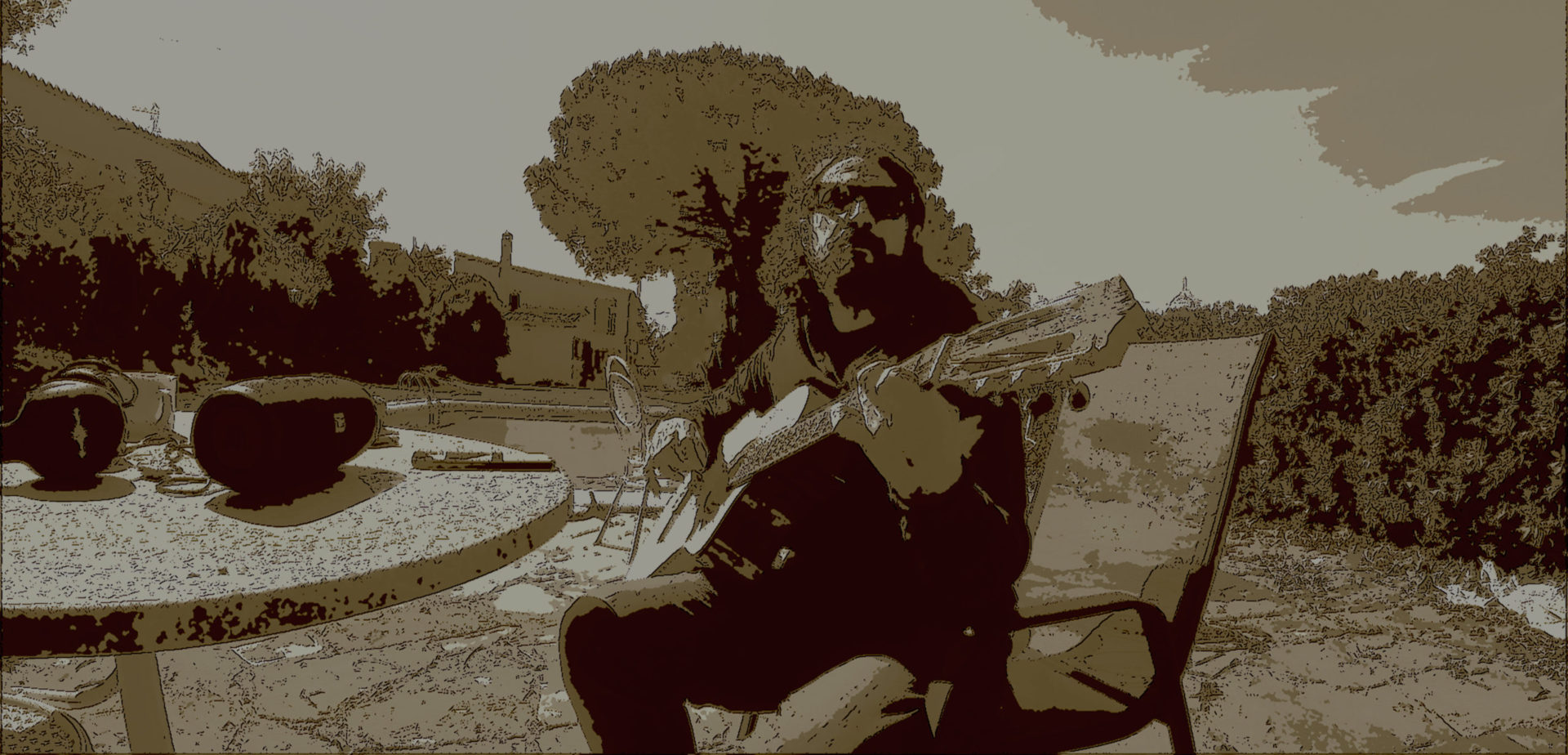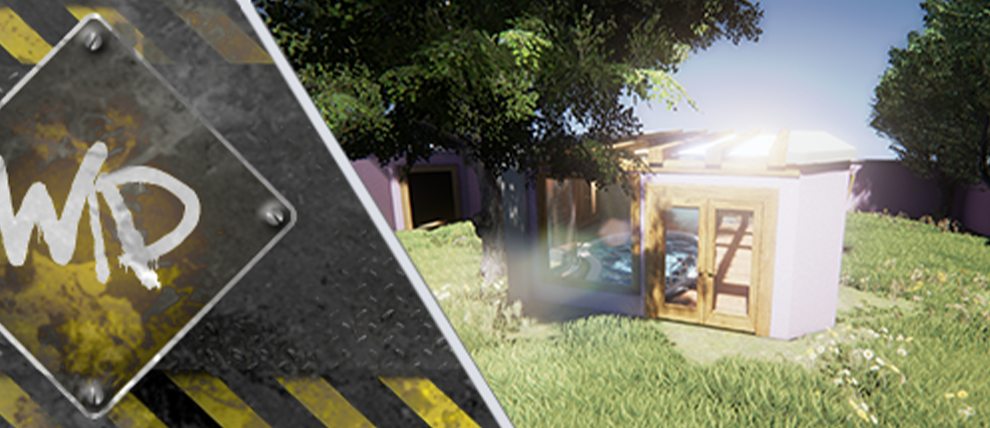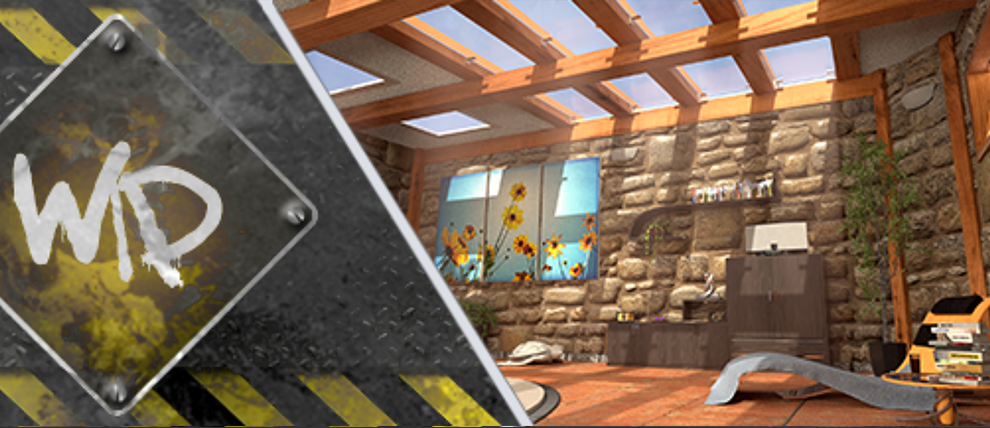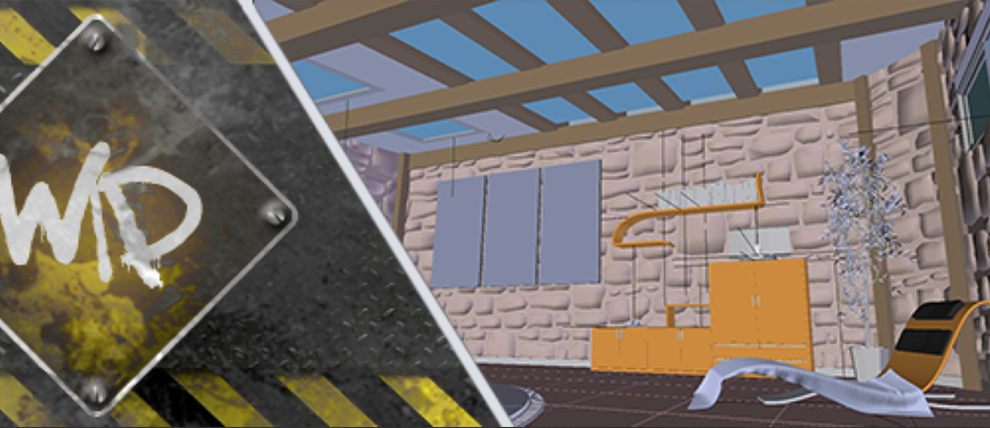Finally I could get my hands on Unreal Engine 4 to start a project and not just to test it around here and there. The first thing I have toWIP: Relaxing Room (UE4)
WIP: Relaxing Room
Finally I think I have already modeled all props and do not need to add any more I have chosen not to model any existing design (eg Ikea) and createWIP: Relaxing Room
WIP: Relaxing room
By time I had wanted to do architectural visualization. There are still many props to do to finish the scene, but already beginning to take shape. This scene was intendedWIP: Relaxing room




